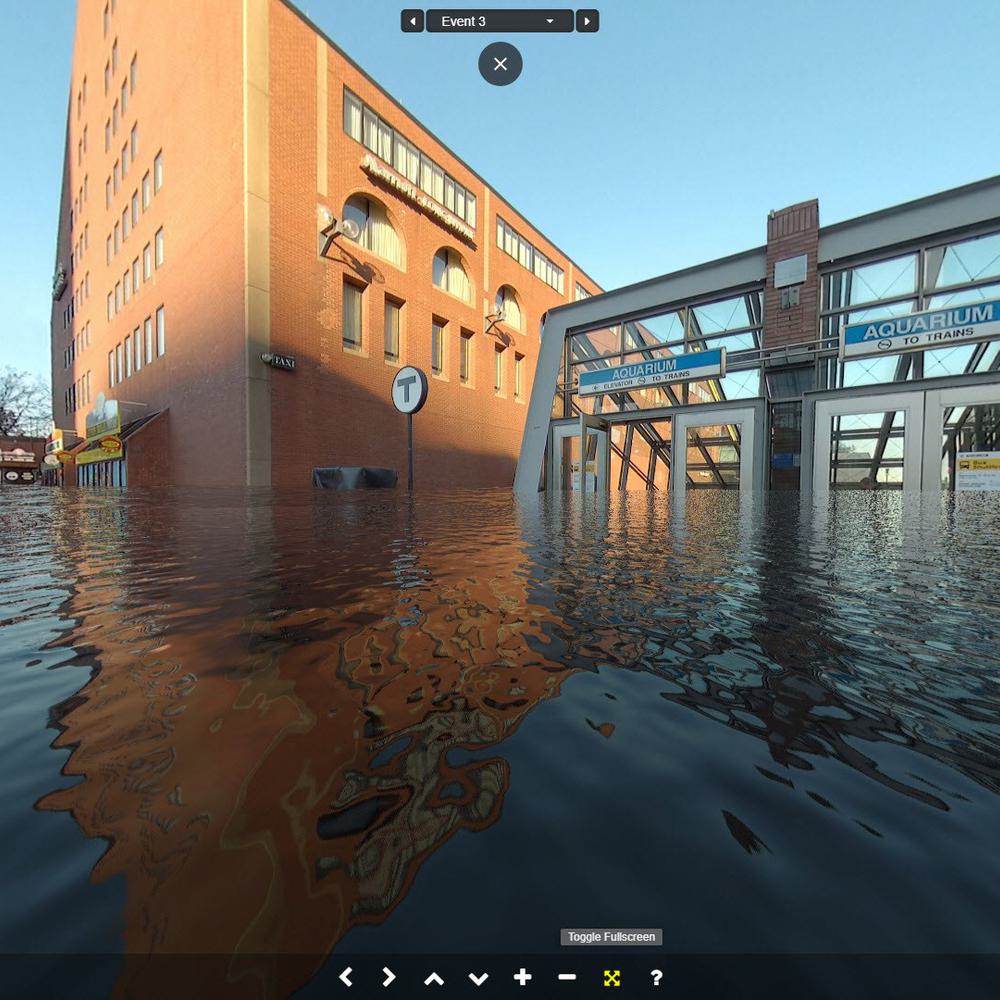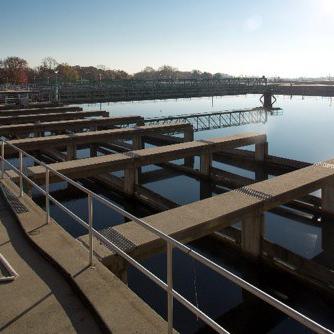Recalibrating 13 InfoWorks Models
Taking New York's Long-Term Control Plan Modeling to the Next Level
Last Modified Jul 06, 2022

The NYC Department of Environmental Protection (DEP) is developing a CSO Long-Term Control Plan (LTCP) that includes a combination of grey and green infrastructure practices. The InfoWorks hydrologic/hydraulic models of the collection system were recently updated and recalibrated using a host of unique methods to better suit them for use in green infrastructure analyses. This included application of detailed impervious land cover data, a two-phased flow monitoring program, validation of CSO storage facility performance, and a year-long continuous simulation to validate wastewater treatment plant (WWTP) flows.
For the purposes of hydrologic and hydraulic modeling, the City's combined sewer collection system is represented by 13 individual InfoWorks models, each of which discharges flow to one of thirteen WWTPs with a total average daily flow of approximately 1.2 BGD. Each of these models were previously developed using traditional approaches, which included incorporation of geographic information system (GIS) data, record drawing information, field inspections, flow and rainfall monitoring, and other facility information. The impervious cover information in the models, however, was largely based on GIS data and was adjusted during calibration.
As the DEP placed increased attention on the use of green infrastructure to manage street runoff by either slowing it down as it enters the combined sewer network or preventing it from entering the network entirely, it became clear that a more detailed evaluation of impervious cover would be essential. DEP invested in the development of high quality satellite measurements of impervious surfaces at a 7.9 ft by 7.9 ft (2.4 meter) pixel level to provide more detailed and physically-based impervious data. This data, as provided by Columbia University Lamont Earth Observatory, utilized satellite remote sensing followed by spectral mixture analysis of the high spatial resolution imagery to map bare soil and vegetation within the City.
A unique two-phased calibration approach was utilized that focused on the hydrology module (runoff) of the model. Flow monitoring data was collected in upstream areas of the collection systems, remote from (and hence largely unaffected by) tidal influences and in-system flow regulation for use in understanding the runoff characteristics of the impervious surfaces. The result of this was the establishment of hydrologic model parameters defining the impervious and pervious land surfaces contributing runoff to the collection system.
The second phase incorporated the use of flow monitoring data further downstream in the system closer to CSO regulators and in larger interceptors. Parameters calibrated in the first phase were applied globally in the models to the remainder of the sewer system based on an analysis of housing type (i.e., single-family versus multi-family residential, etc.), as an indicator for runoff potential.
Calibration and validation was then performed to finalize the parameters. Data collected at recently-constructed CSO storage facilities in the system were also used to refine the performance of model predictions of stored and discharged flow. Finally, a validation step was completed by simulating a continuous calendar year (2011) to evaluate the conveyance of flow to the WWTPs using rainfall and operational data.











